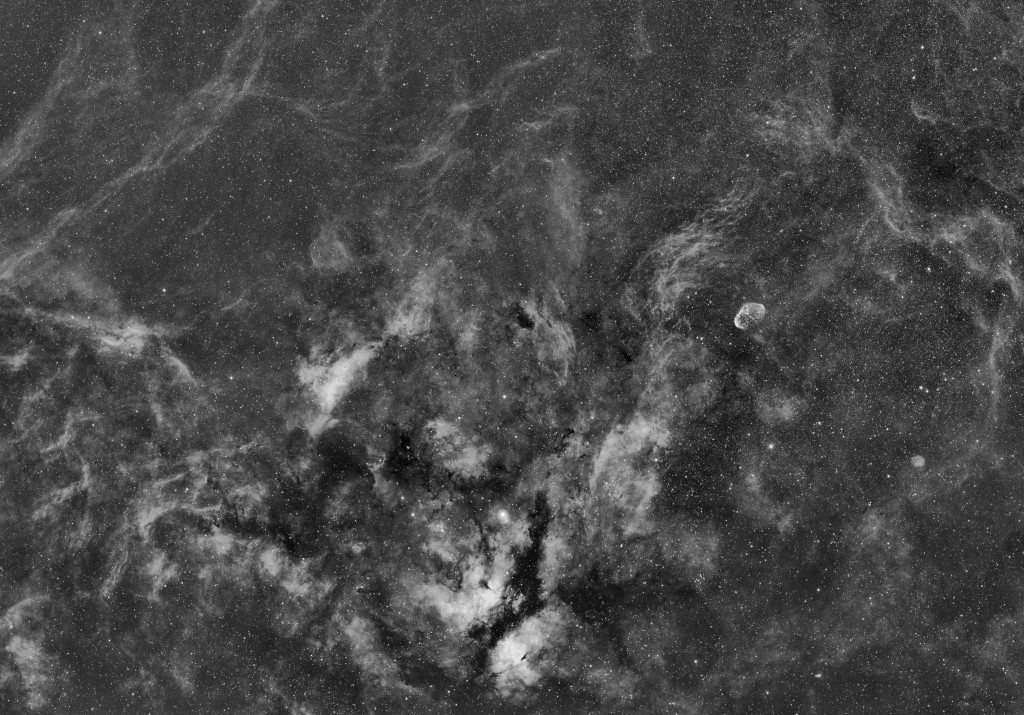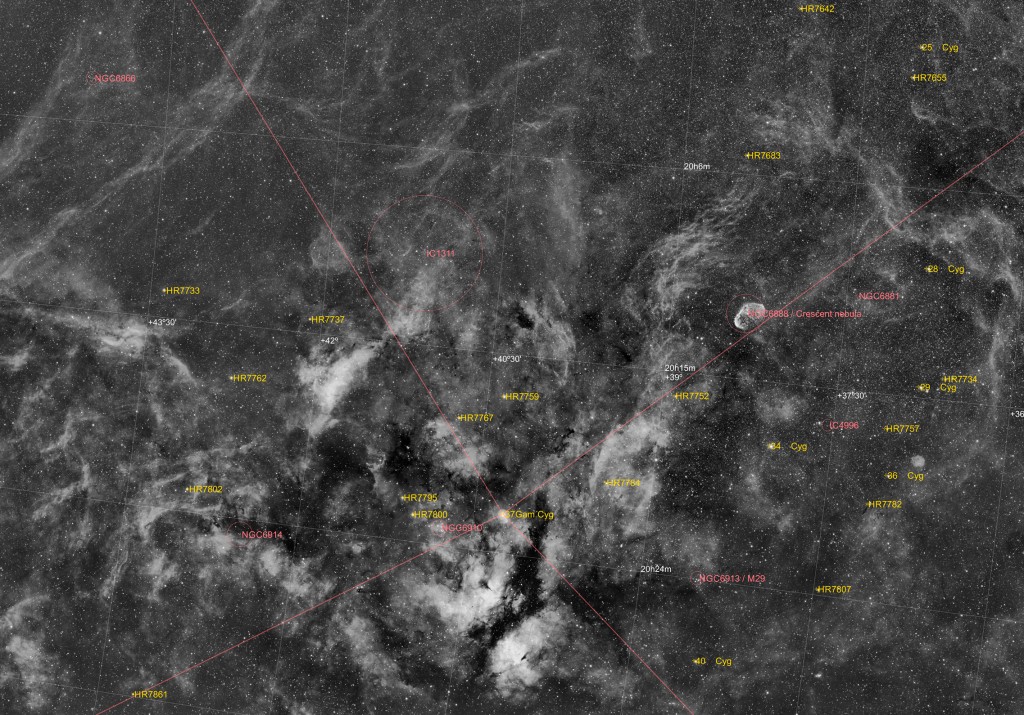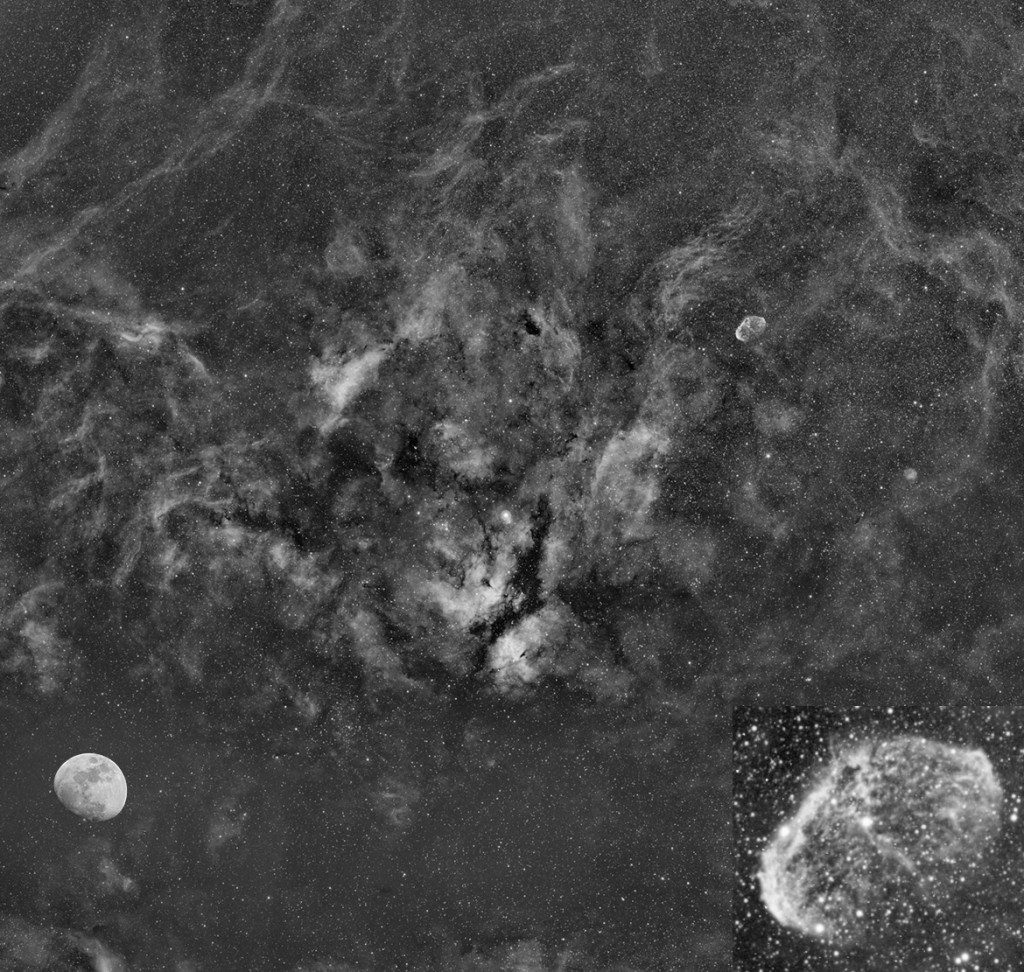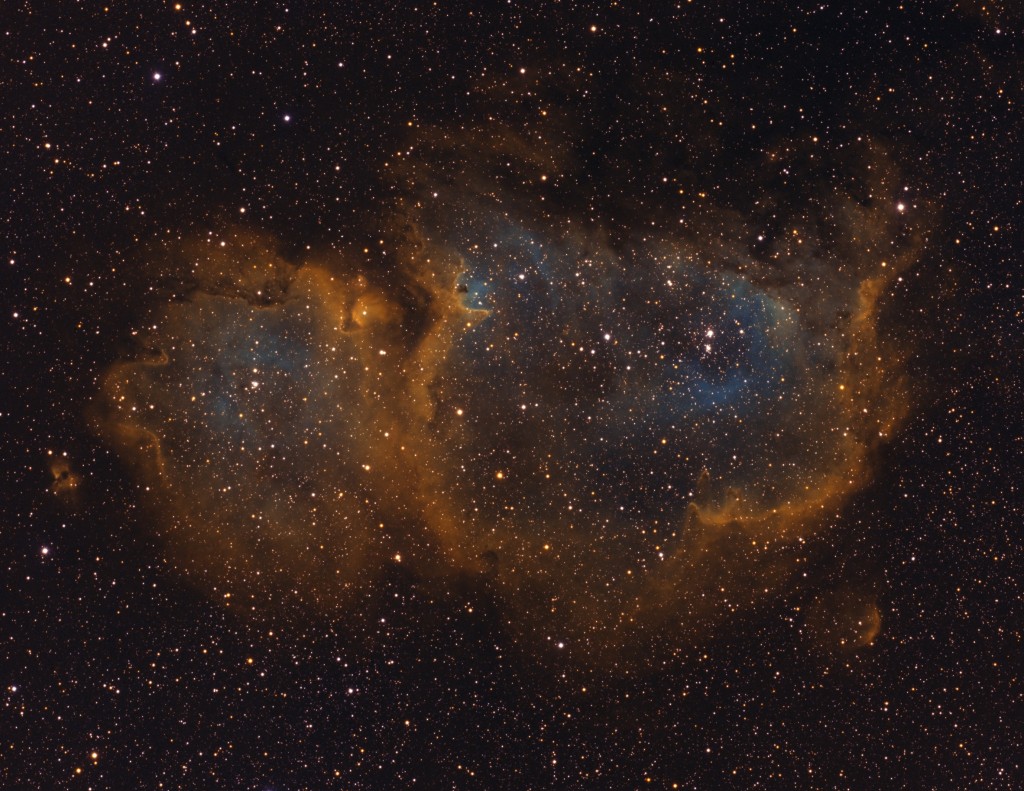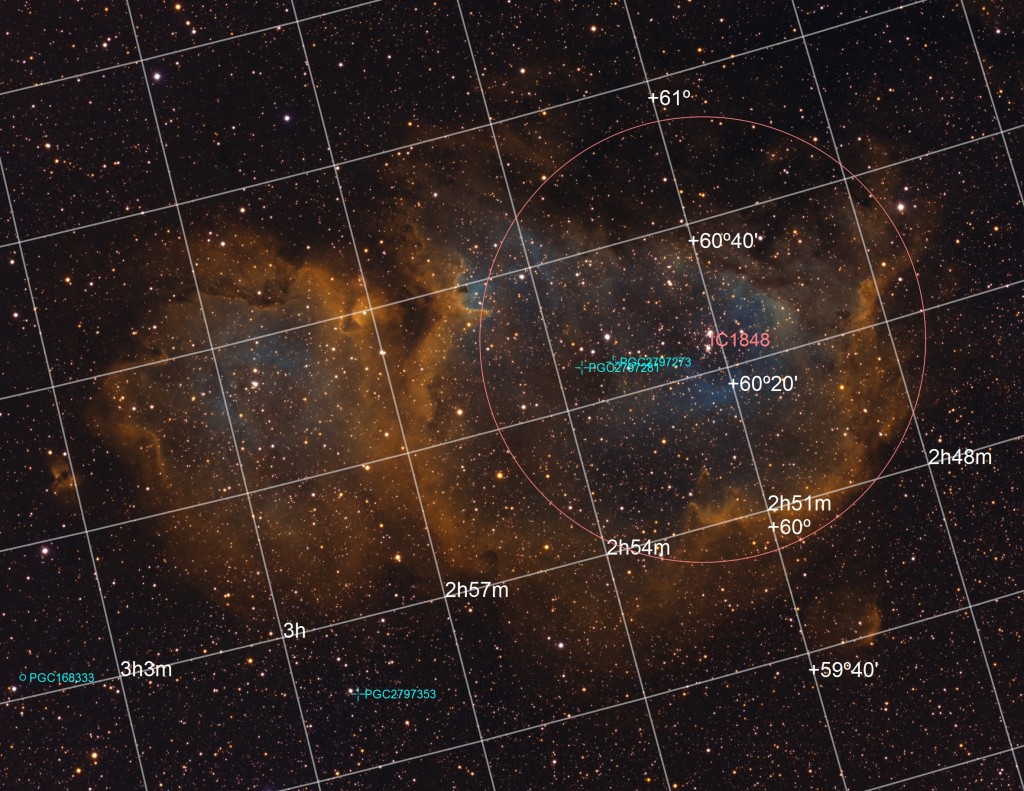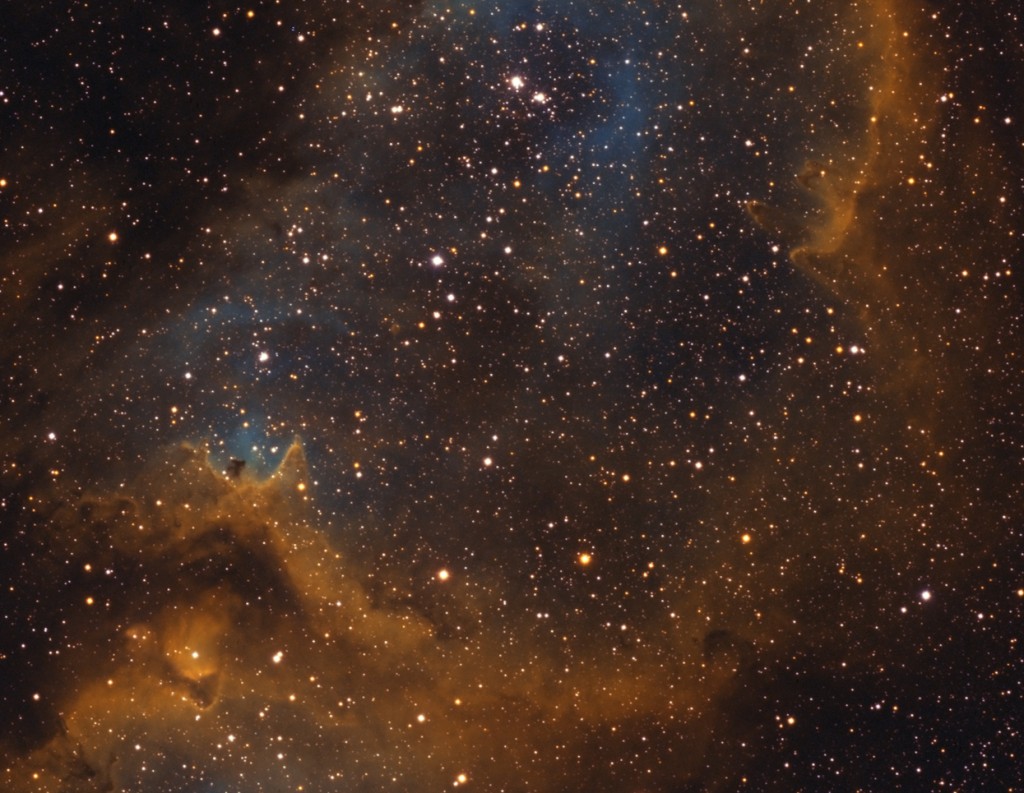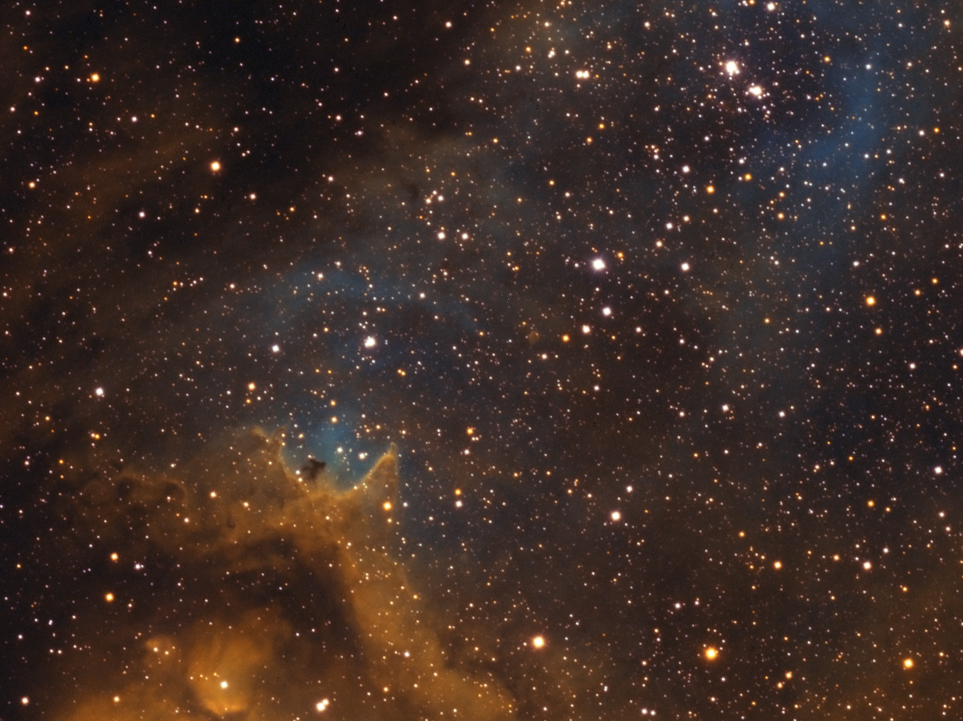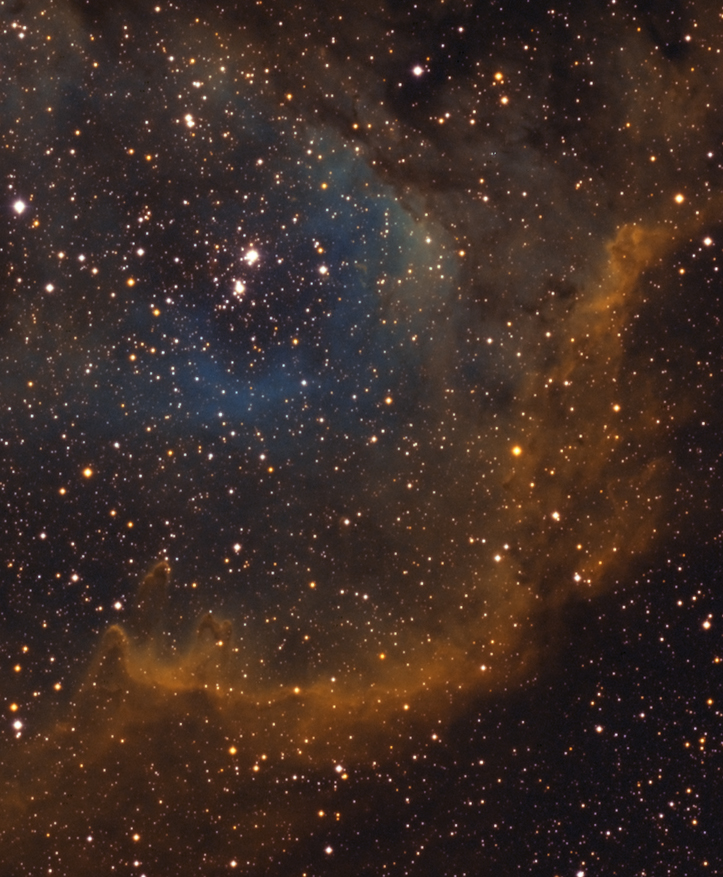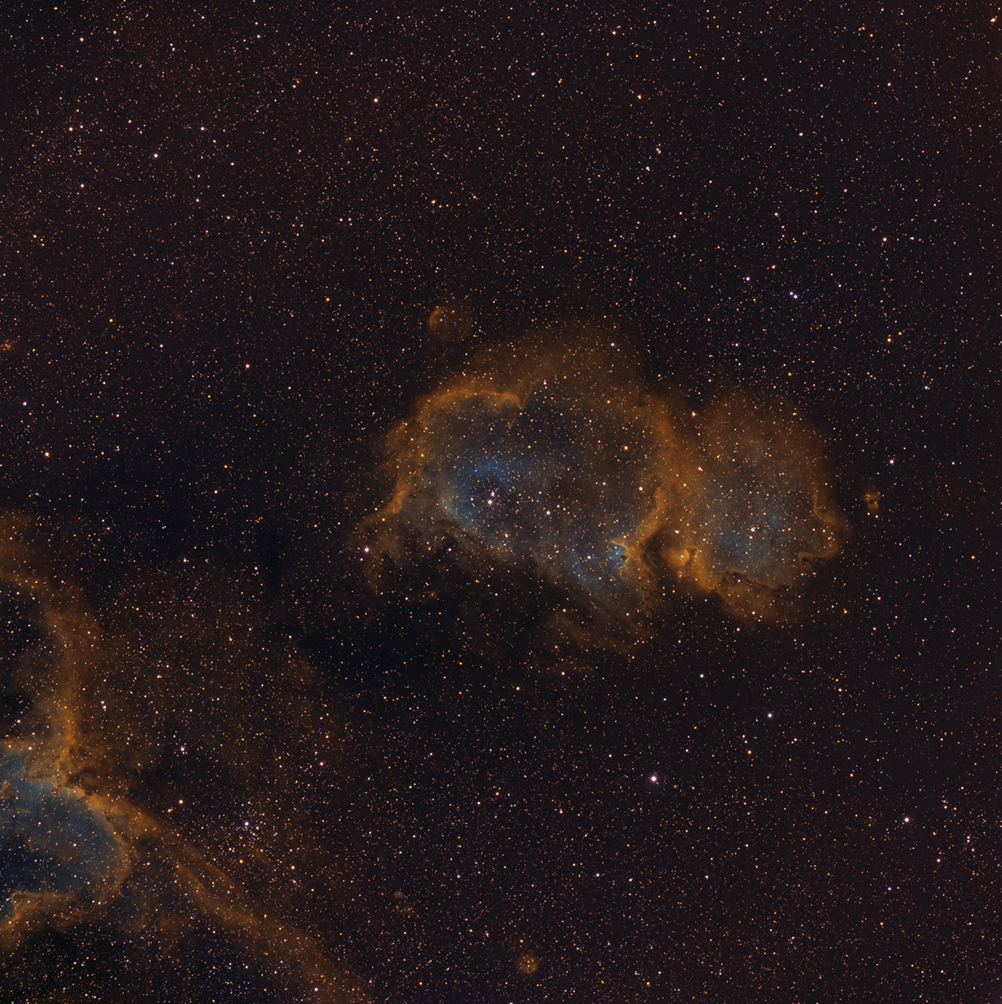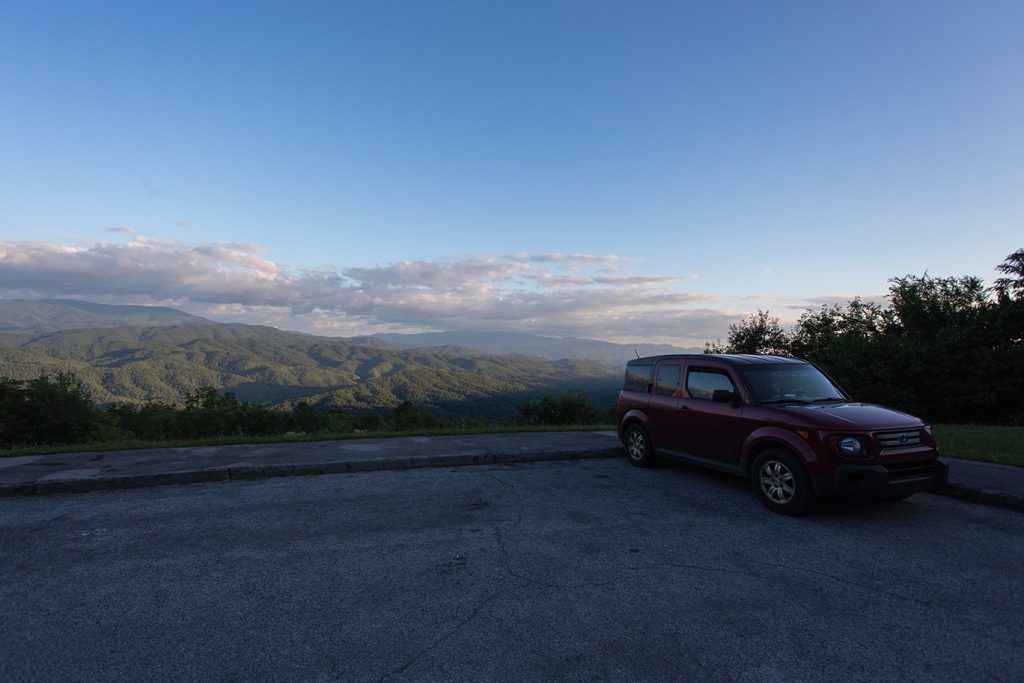

I was the first one to arrive for the star party on Saturday night at Look Rock South. It’s a beautiful view to the south looking into the Smokies.
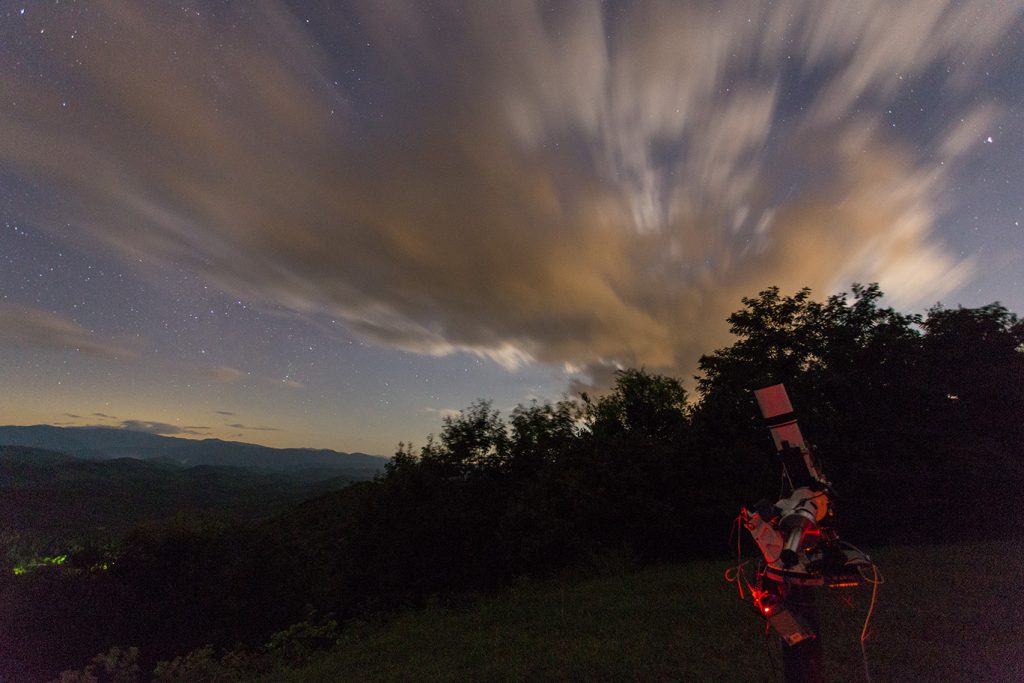
We definitely had some clouds for the beginning of the night with some sucker holes now and then. I was never able to get off a 20 minute shot without the clouds rushing in within 10 minutes…
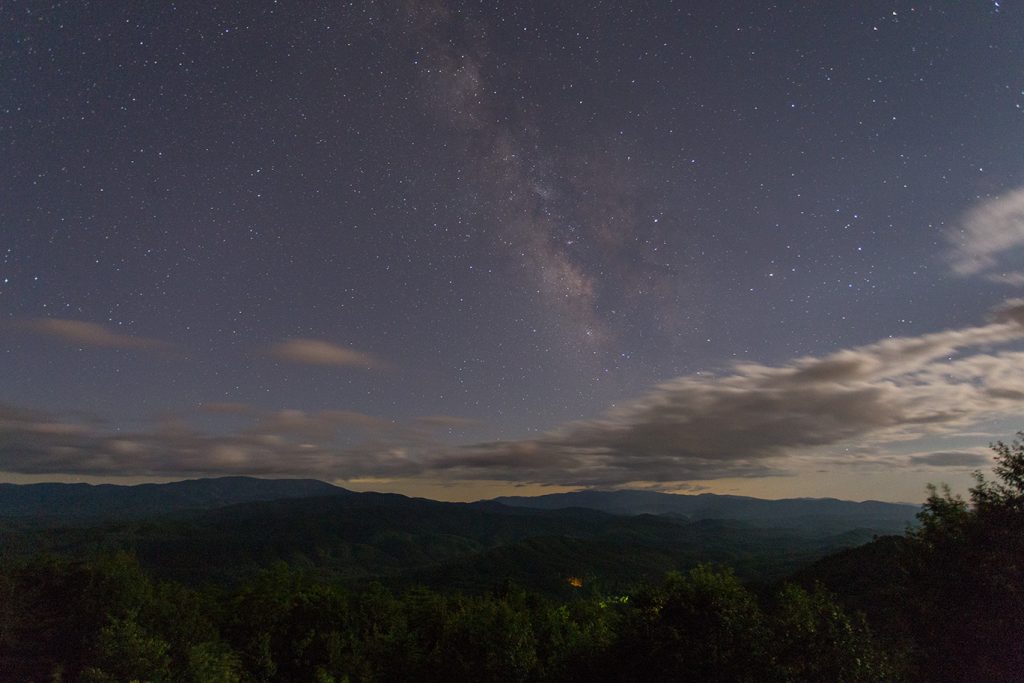
But things finally started to clear up and the Milky Way really started to pop out.
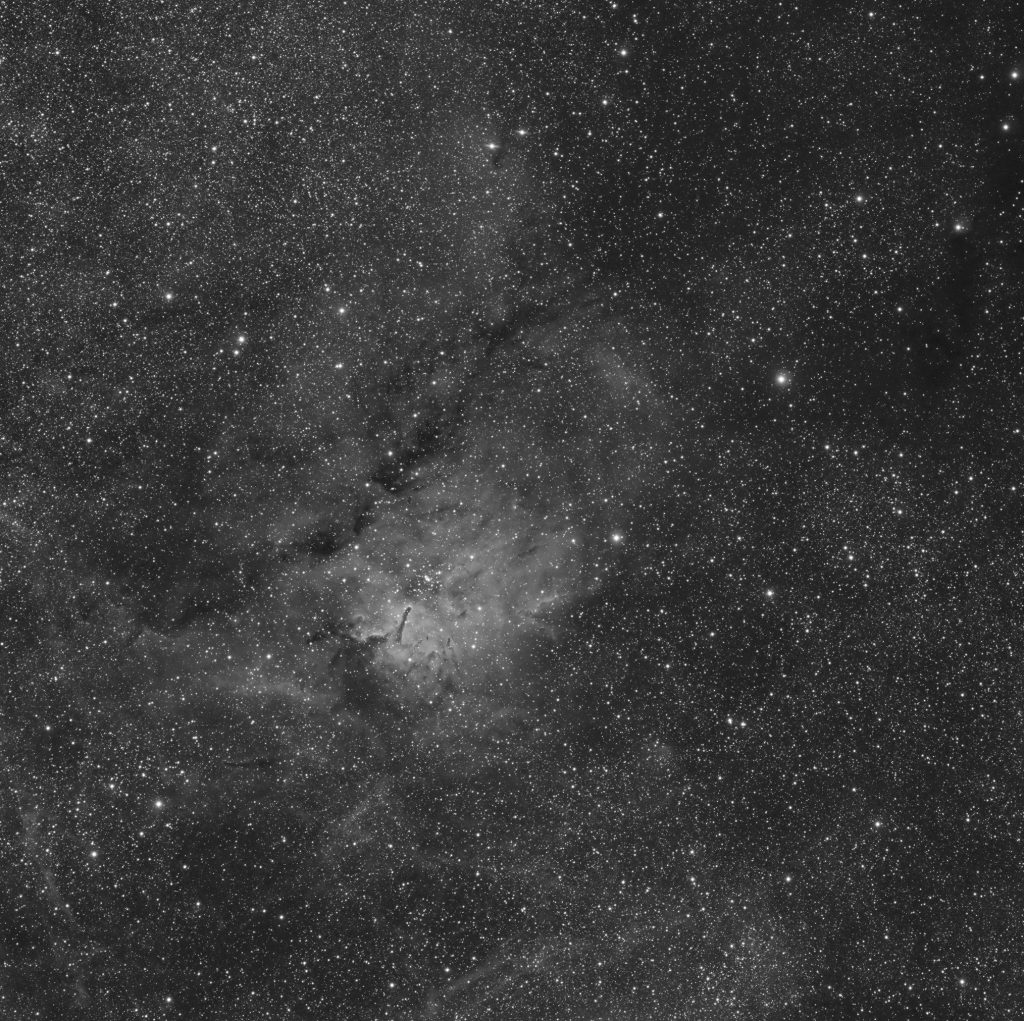
Emission Nebula NGC 6820 or Sharpless SH 2-86. AP130GTX with Field Flattener Custom 4″ OAG Apogee U16 CCD w/Baader Ha 7nm filter AP900GTO Mount 9x20min Exposures Image Scale 2.16 arcsec/pixel; reduced to 4.32 arcsec/pixel
Once it was cleared up I was off to take some test shots and validate the portable rig was ready for more serious projects. NGC 6820 AKA Sharpless SH 2-86 and all the surrounding emission and dark nebula has always been a favorite of mine. It’s located in Vulpecula not that far from M27, the Dumbbell Nebula. It reminds me of a less popular M16 with it’s gas and dust pillars and dark globules. Open cluster NGC 6823 resides in the midst of the nebula and is about 6,000 light years away.
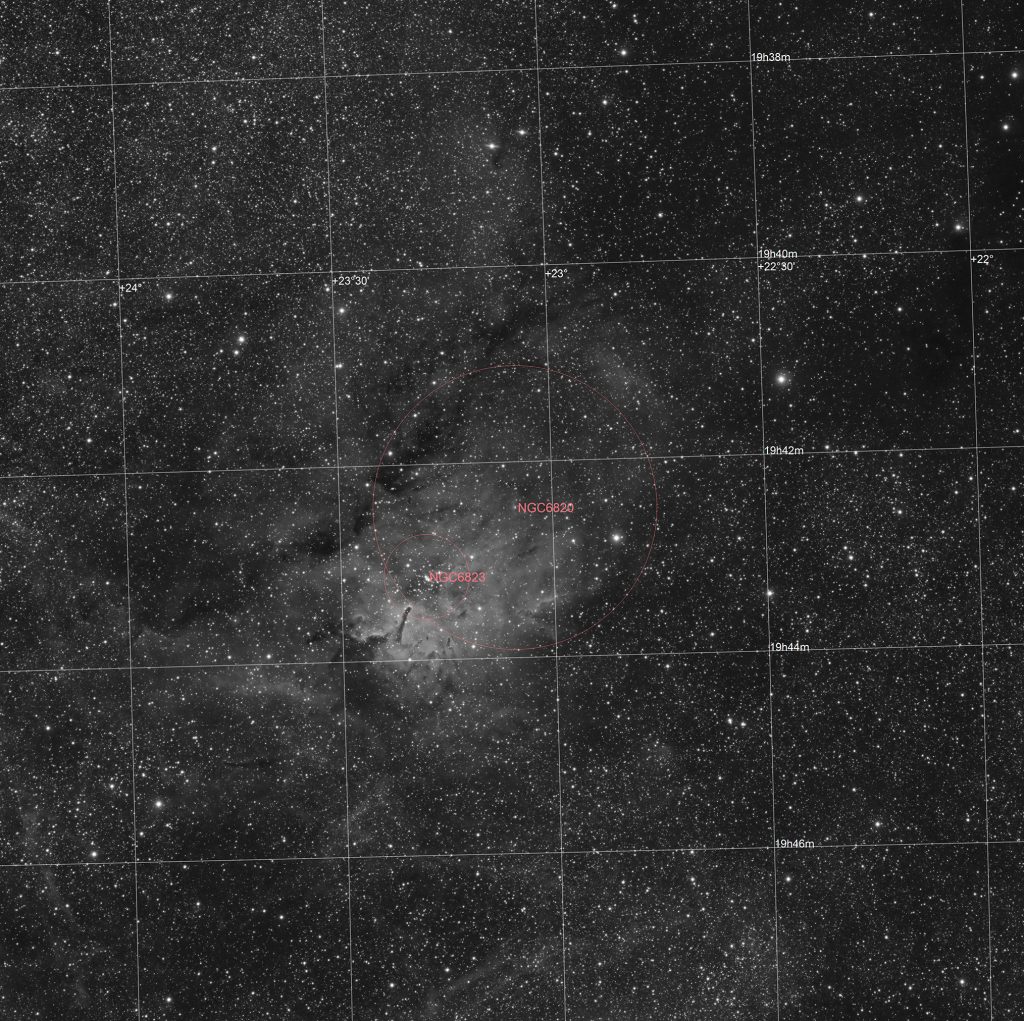
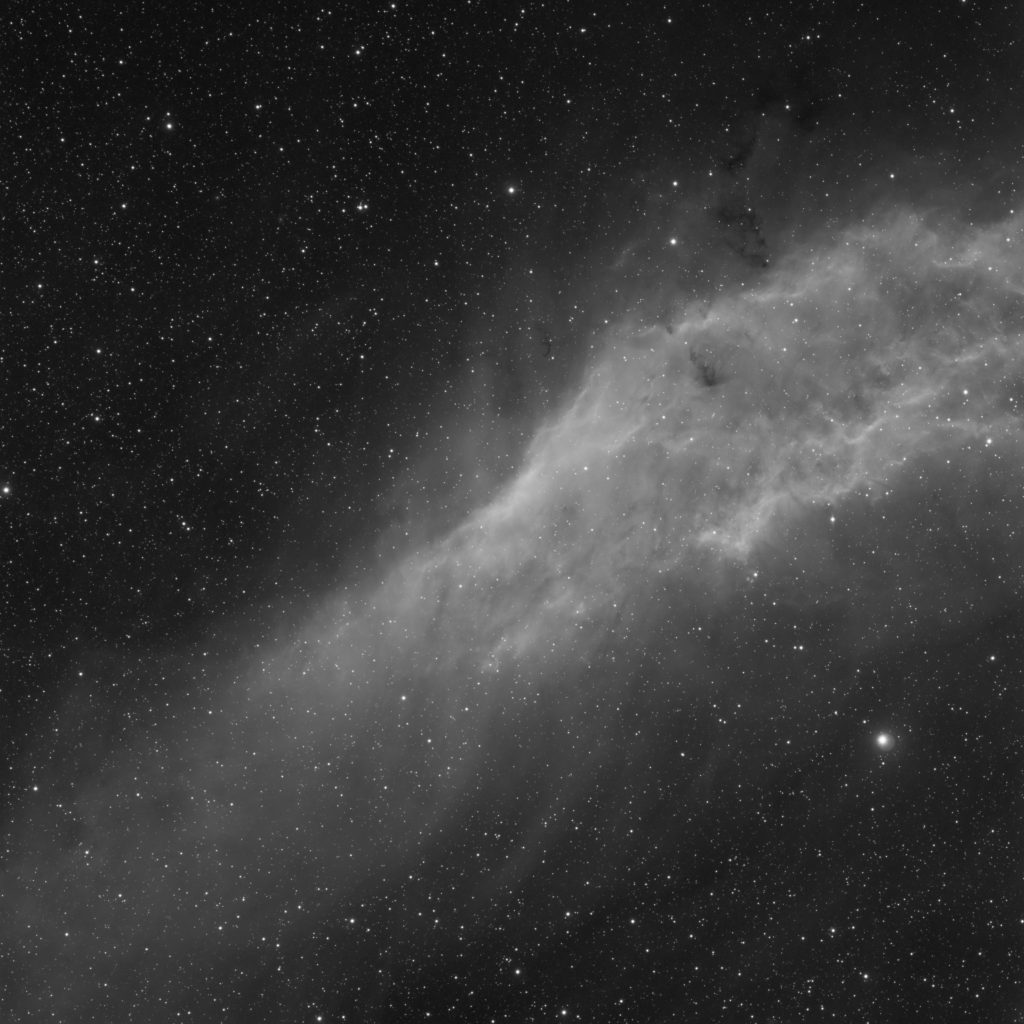
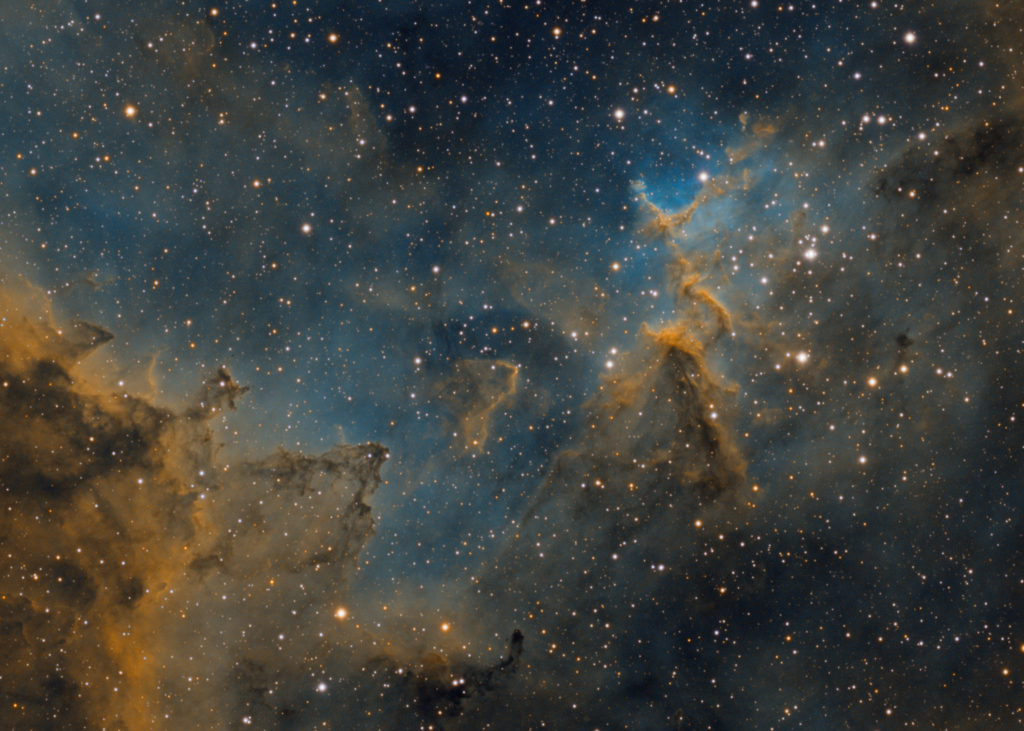
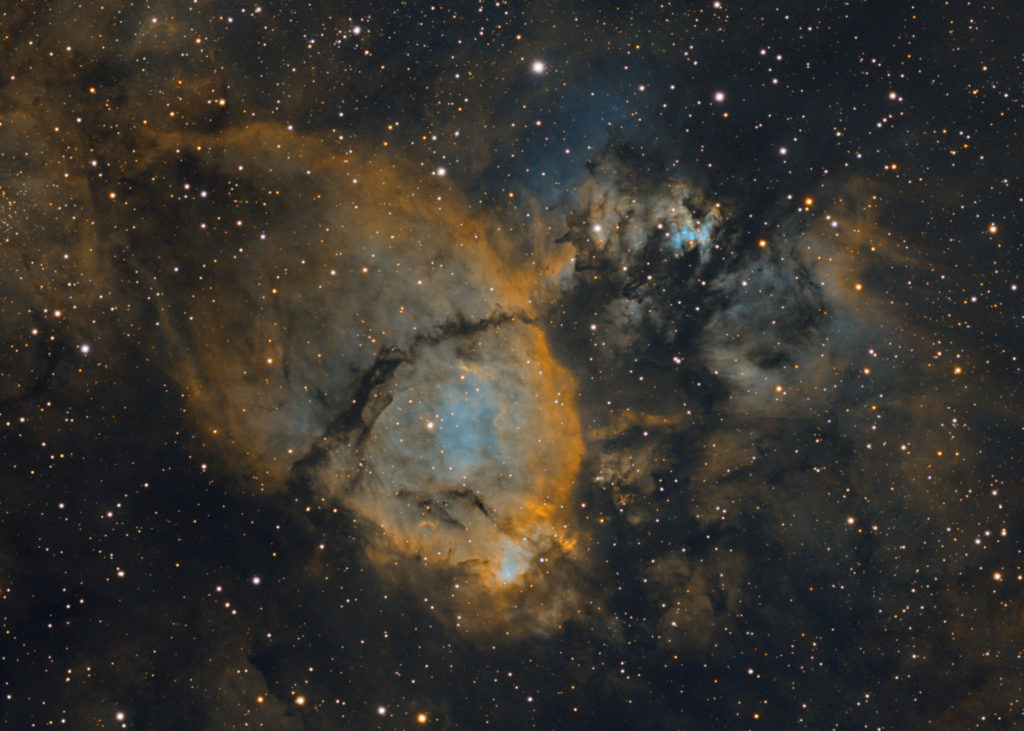
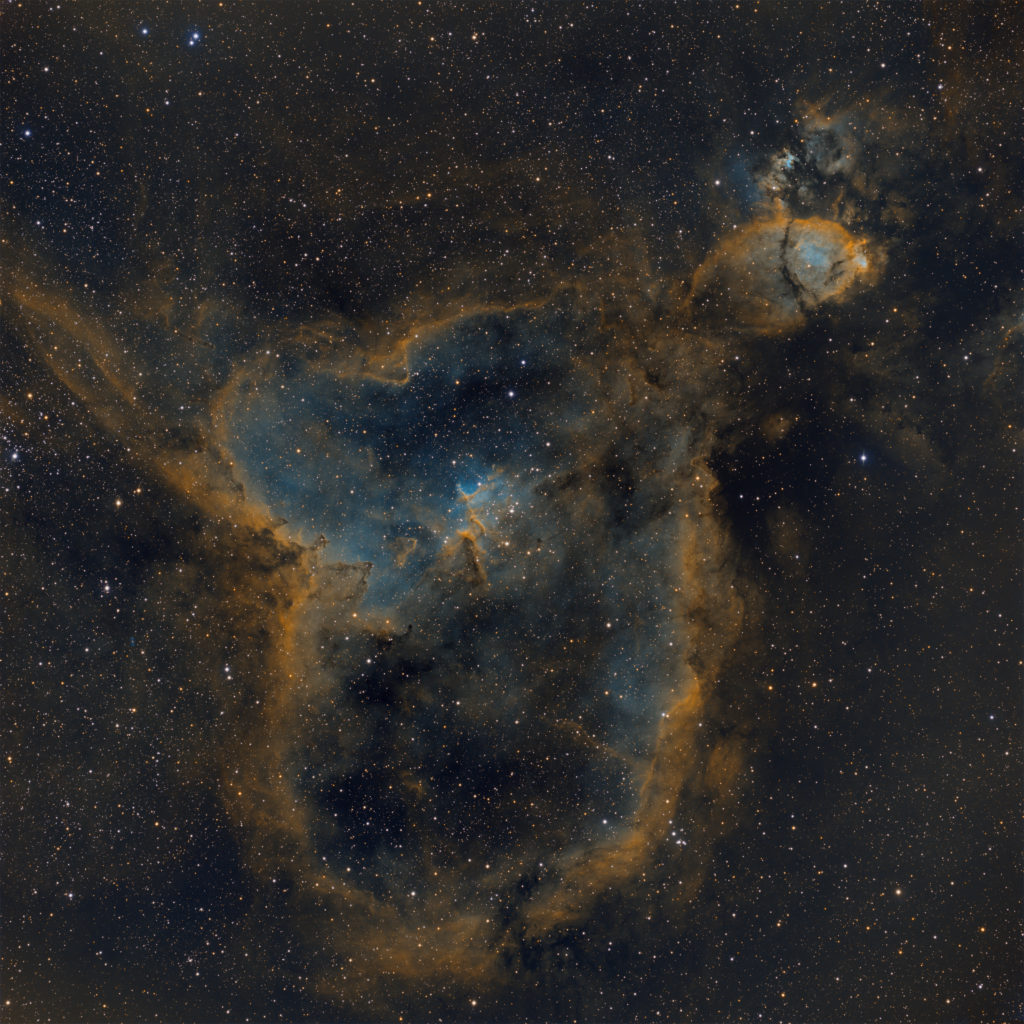
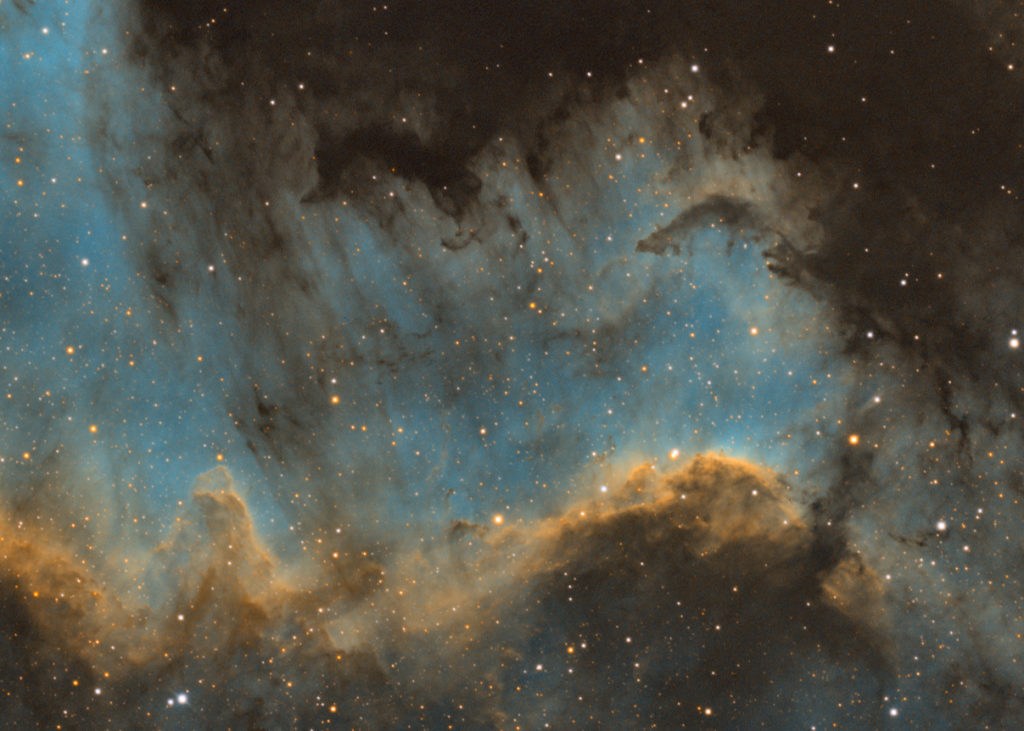
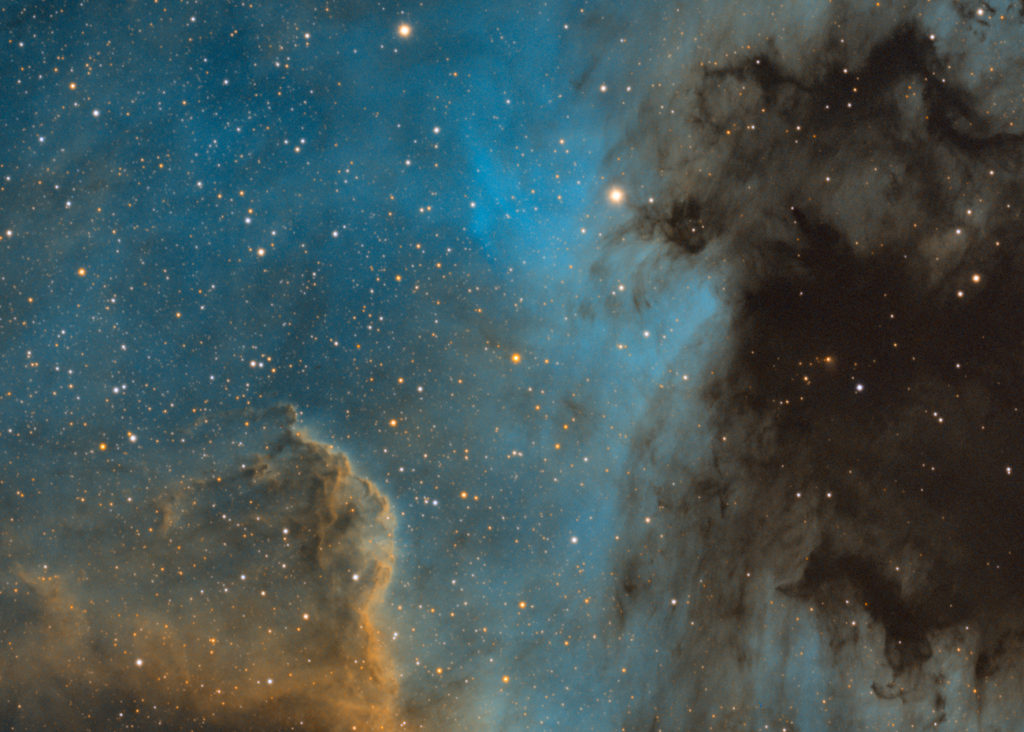
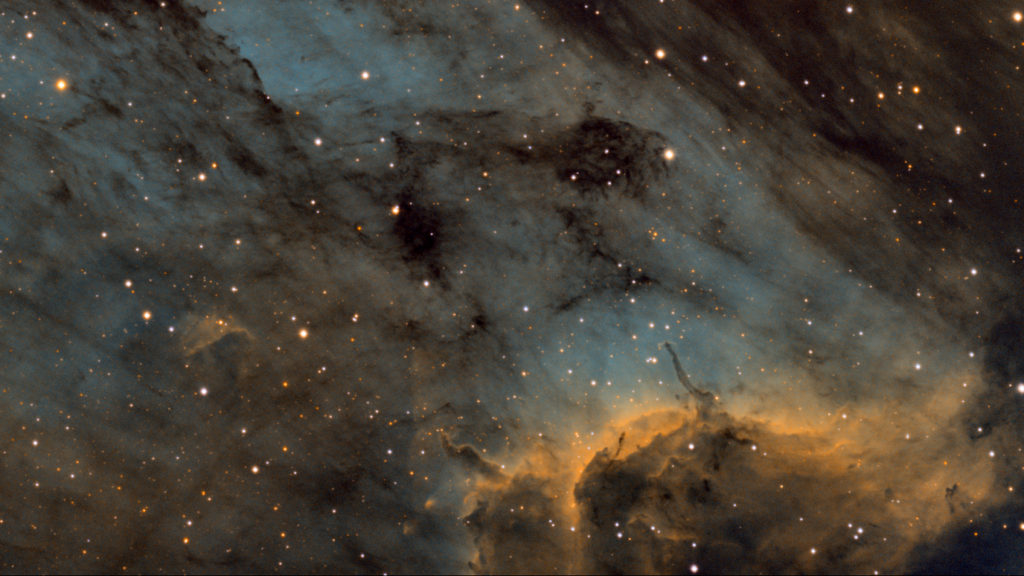
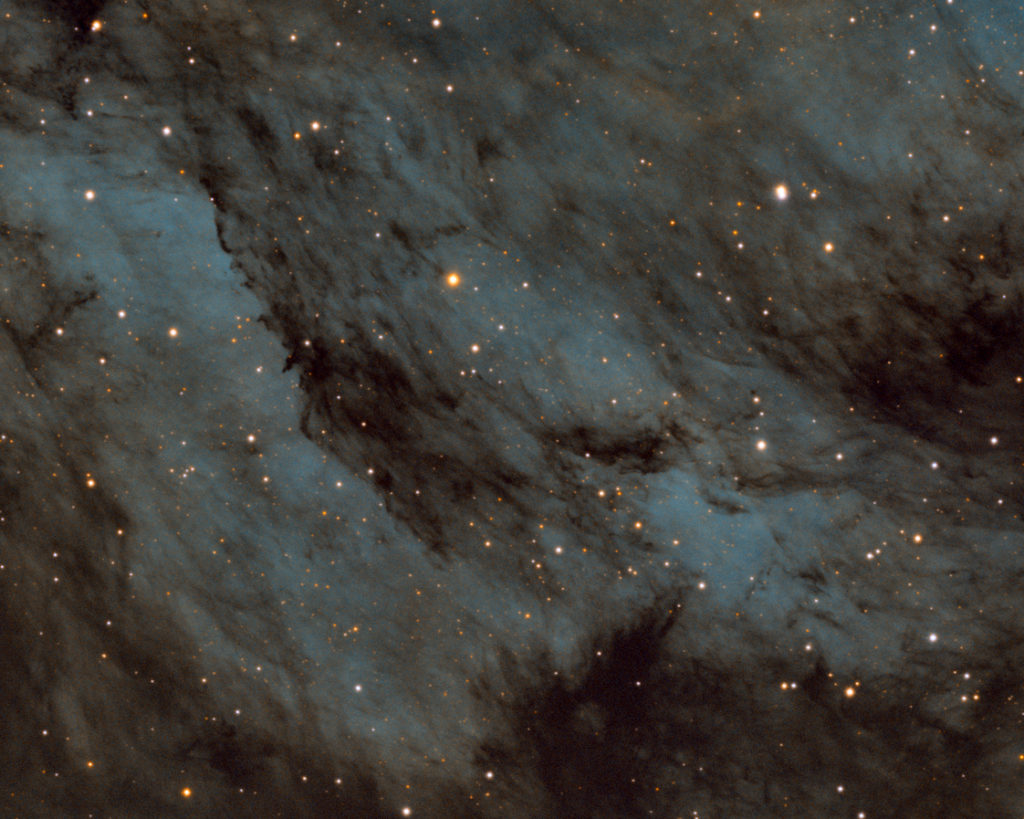
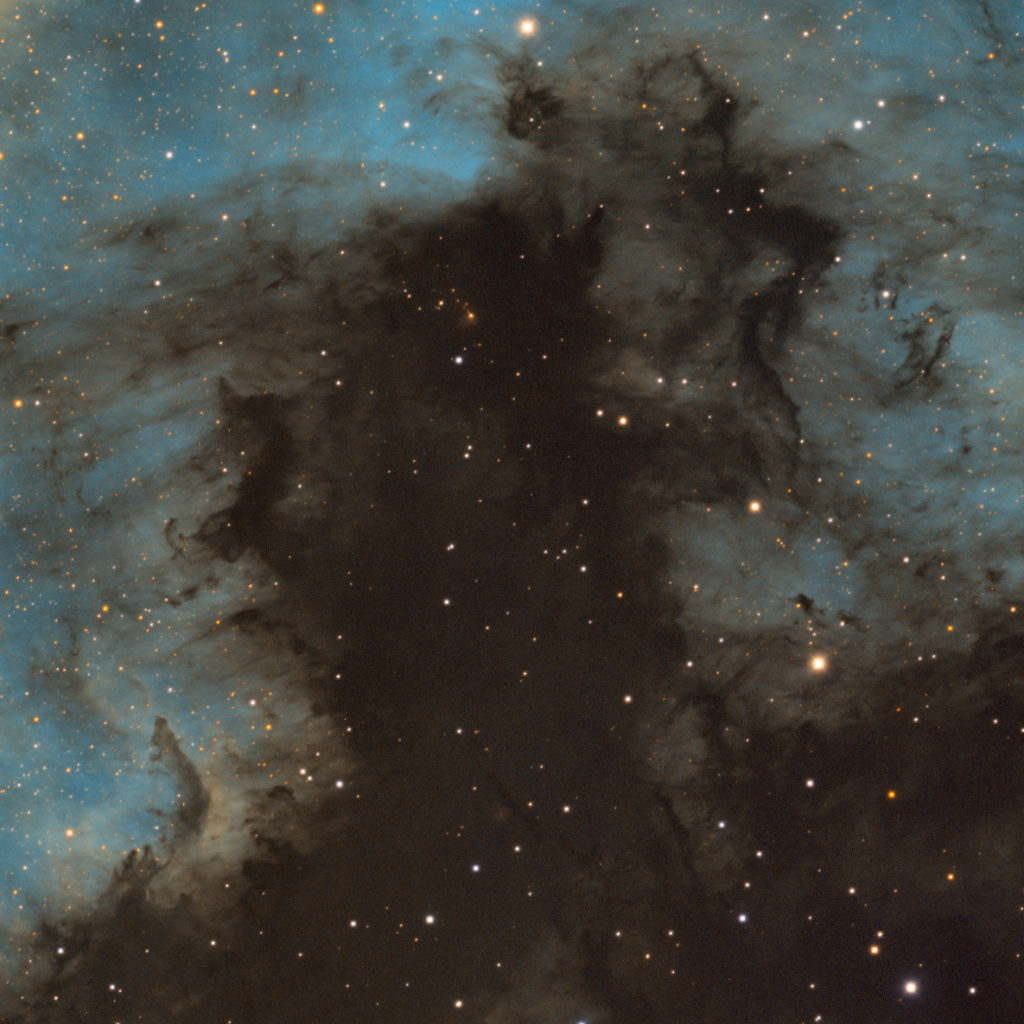
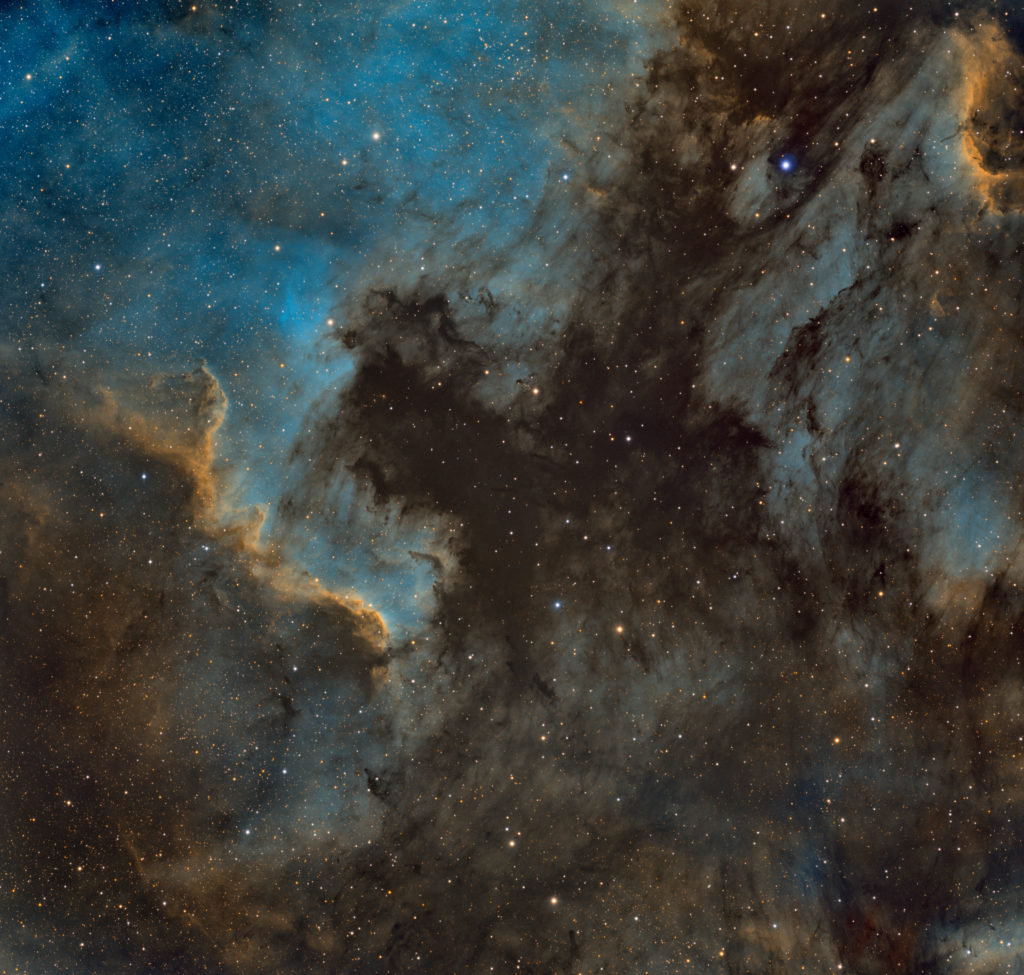
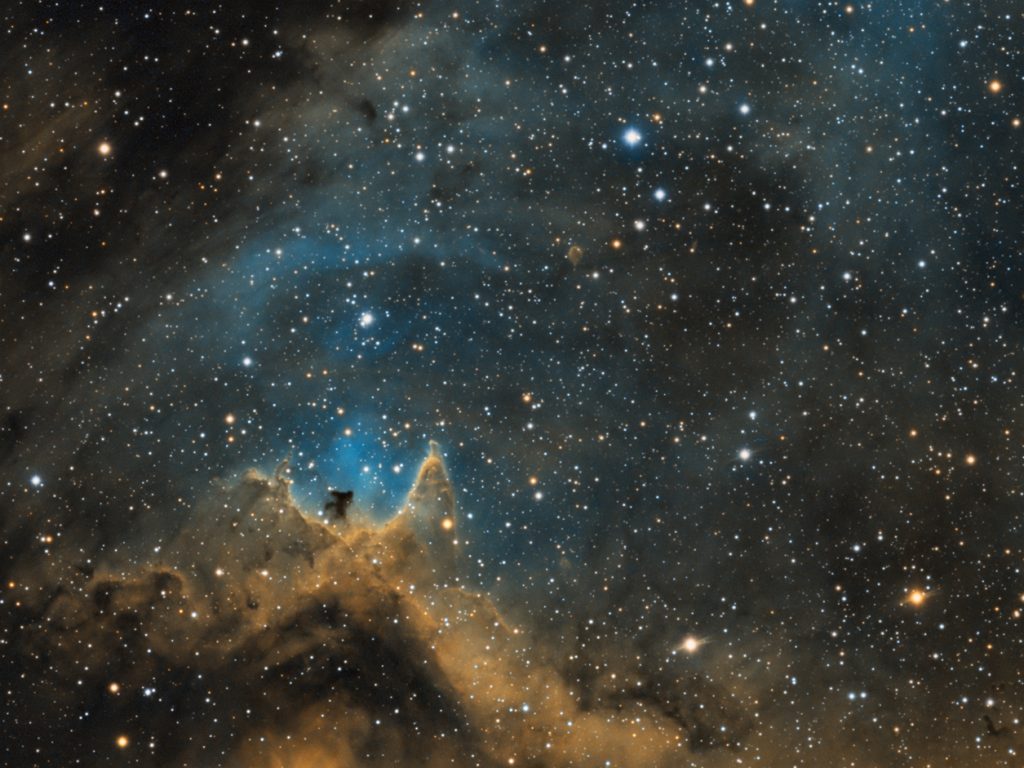
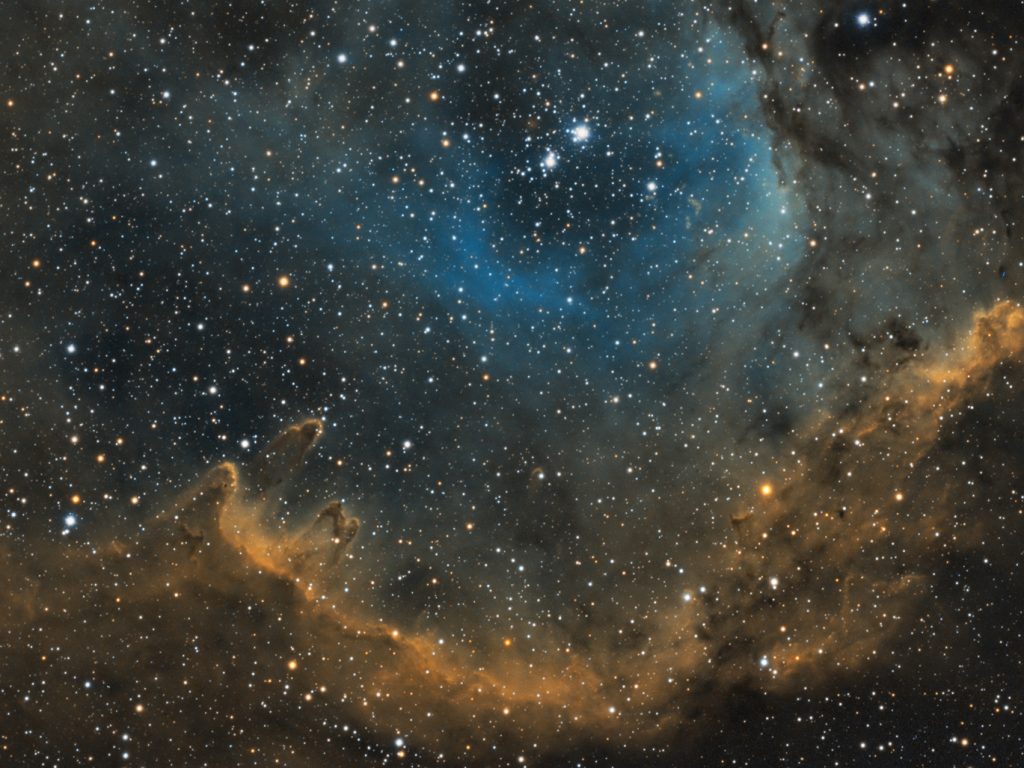






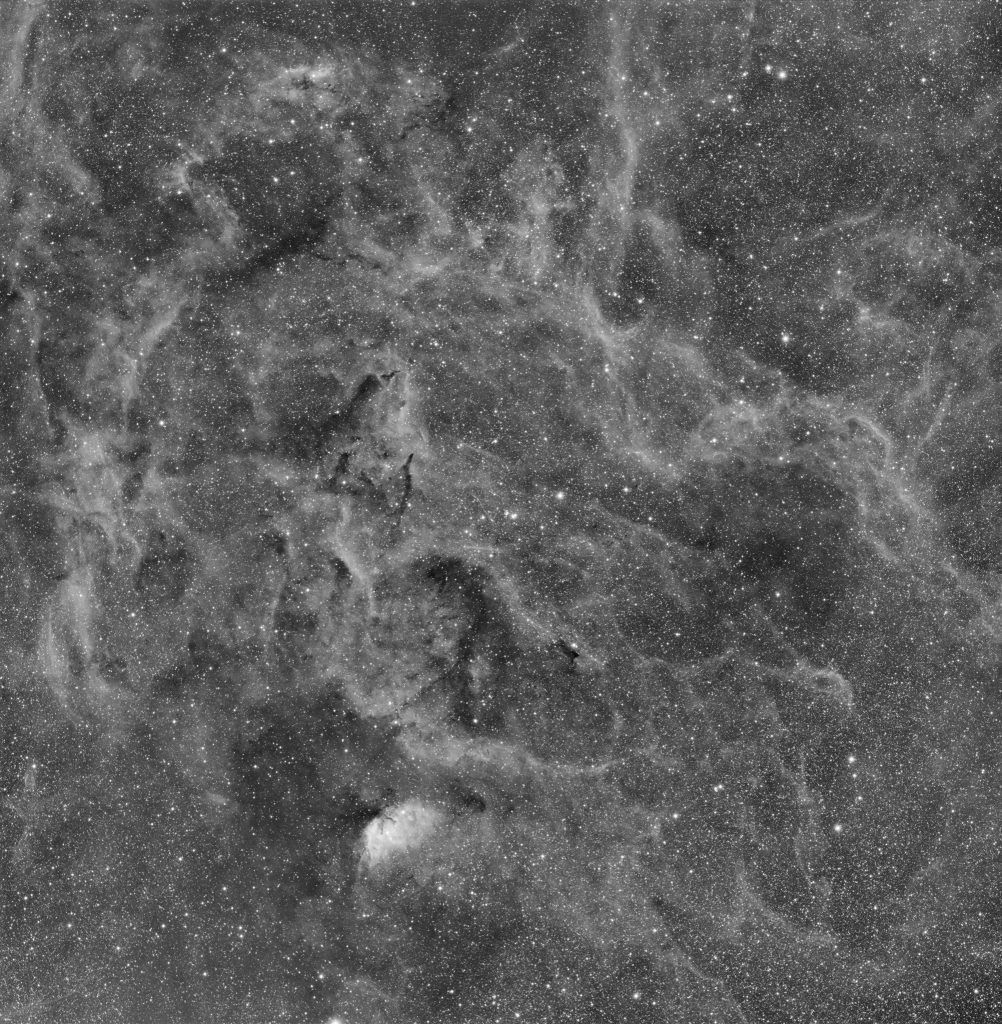
![Cygnus Mosaic Cropped & Reduced to 50% Size. 9 Panels, 1x20min per Ha, O[III], S[II] Channel per panel. Total Time 9 hours. Taken with an Apogee U16M and Tak FSQ-106ED.](http://www.celestial-imaging.com/wp-content/uploads/2015/05/Cygnus-Mosaic-20150531_V2-1024x582.jpg)
